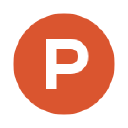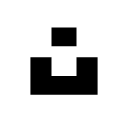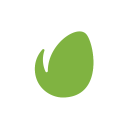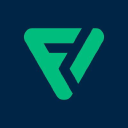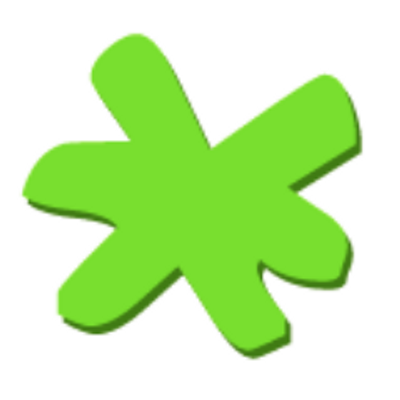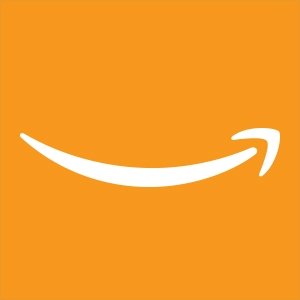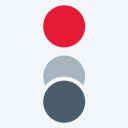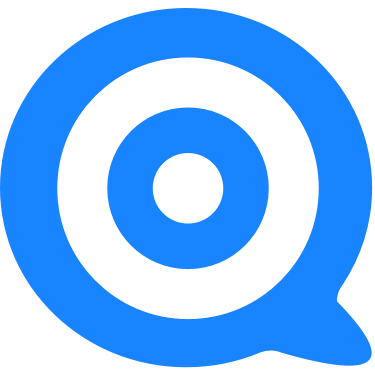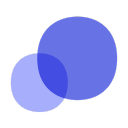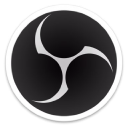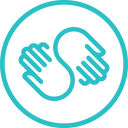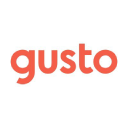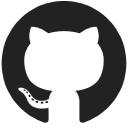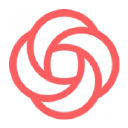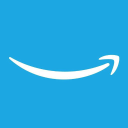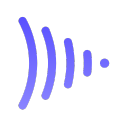I Made $2.1M in Two Years Teaching People How to Use Notion
Hello! Who are you and what business did you start?
Well hello there! My name is Thomas Frank and I run a business teaching people how to use Notion and selling Notion templates. I also run a productivity-focused YouTube channel with 2.9 million subscribers, and I’m building a SaaS product called Flylighter.
Our flagship template is called Ultimate Brain, which turns Notion into a complete personal productivity system with tasks, notes, projects, and goal-tracking. We also sell a template for content creators called Creator’s Companion, which helps creators plan and produce content across all of their social media channels directly in Notion.
In about two years, we’ve done $2.1 million in sales for these two templates. Currently, template sales are around $120k/mo on average, and we also pull around $15k/mo through additional income sources – affiliate deals and YouTube AdSense making up the bulk of that.

Download the report and join our email newsletter packed with business ideas and money-making opportunities, backed by real-life case studies.

Download the report and join our email newsletter packed with business ideas and money-making opportunities, backed by real-life case studies.

Download the report and join our email newsletter packed with business ideas and money-making opportunities, backed by real-life case studies.

Download the report and join our email newsletter packed with business ideas and money-making opportunities, backed by real-life case studies.

Download the report and join our email newsletter packed with business ideas and money-making opportunities, backed by real-life case studies.

Download the report and join our email newsletter packed with business ideas and money-making opportunities, backed by real-life case studies.

Download the report and join our email newsletter packed with business ideas and money-making opportunities, backed by real-life case studies.

Download the report and join our email newsletter packed with business ideas and money-making opportunities, backed by real-life case studies.



